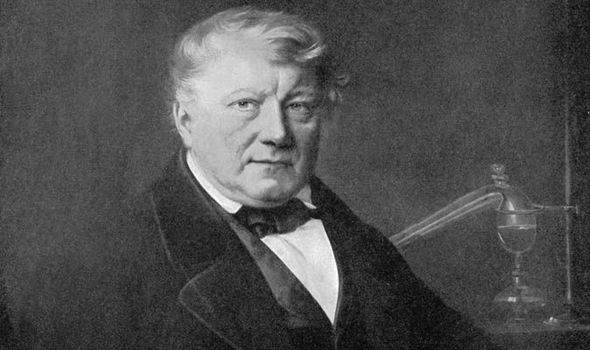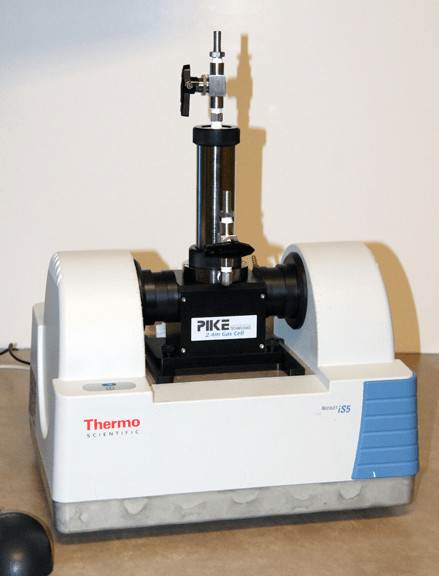Scientists began to notice the existence of ozone as early as 1775, when in connection with the observation of lightning or the study of electrical equipment, they noticed its presence as a characteristic odor, which we know well from the vicinity of copiers or charming plasma lamps.
Ozone, as a chemical, was discovered by the Swiss-German physicist Christian Friedrich Schönbein (1799 – 1868) in 1840 during experiments with the slow oxidation of white phosphorus in the electrolysis of water. It was discovered as a by-product of electric charge activity during electrolysis. Schönbein (in addition to ozone, he also discovered nitrocellulose or guncottom) noticed its presence in the air after storms, and therefore named it ozone after ozo, the Greek term for fragrance. After this scientist, also the first ever widely used method for the determination of ozone is called: the Schönbein method (exposure of a test paper impregnated with a mixture of potassium iodide and starch to the atmosphere for several hours).
In the 19th century, ground-level ozone became the subject of numerous measurements in many parts of the world, confirming its existence and examining its function in the atmosphere.

Ozone is a very strong oxidizing agent and disinfectant. Therefore it is effectively used for the treatment of drinking water (mainly in the food and beverage industry), water in public swimming pools, the destruction of pathogens and in the treatment of cooling and process water in industry. However, ozone is also used in bleaching, for example in the production of paper, textiles and ceramics. In addition, ozone can also be produced in industrial applications during drying processes. In the food industry, it is used to decontaminate food or food equipment and surfaces. Above that, it is also used in low concentrations during ozone therapy.
For these reasons, its fast and reliable analysisis absolutely essential. Iodometric titration is one of the most elaborate and used chemical methods. It has the great advantage of accurate absolute determination of the amount of ozone (in oxygen), but does not allow continuous determination. Most recently published work in the field of ozone production and quantification uses the photochemical method of UV absorption (using a mercury lamp as a source of UV radiation). The biggest advantage of this method is the determination of the amount of ozone continuously, and this property can be advantageously used in the automatic control of ozone production by the ozonizer according to the immediate need. Both methods can be used without any further additions only in the case of determination of ozone produced from oxygen, because in the case of ozone production from air it is necessary to consider absorption in other molecules in addition to UV absorption in ozone, especially in N2, N2O and NO.

Another modern possibility for the on-line determination of ozone (continuously), but also one time (e.g. in the case of an electric discharge) is infrared spectroscopy with Fourier transform: FT-IR. A huge advantage of this spectroscopic technique is the quantitative range of ozone determination from very low concentrations below 0.1 ppm to relatively high concentrations (percents). Another advantage is the simultaneous on-line determination of other gases in a mixture with ozone (e.g. nitrogen oxides, which ozone can “produce” from nitrogen in the used air). Ozone is a nonlinear, triatomic molecule with a permanent dipole moment and as such in the infrared spectrum it behaves similarly to H2O. To learn about the possibilities of quantitative and qualitative analysis of ozone using the method of infrared spectroscopy (FT-IR), click here.
